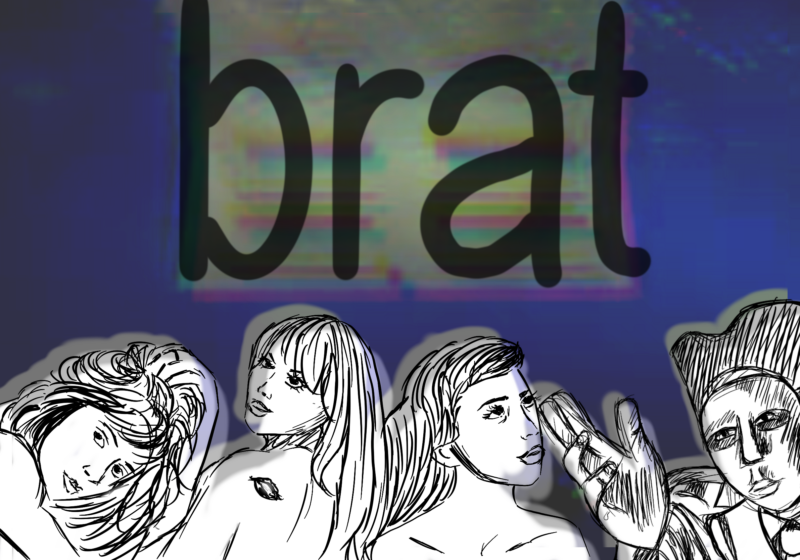Incest – the only universally held taboo, and the subject of UR’s International Theatre’s play “‘Tis Pity She’s a Whore.”
Tradition is thrown to the winds, both in the forbidden loves within the play and its unique set design. “‘Tis Pity” takes place not so much on a stage, but rather within a series of rooms. Audience members follow the actors as they traverse the depths of sinful sibling love. Dark as the night sky you have to walk under to enter the set from the side door, John Ford’s 1630s classic revels in the violent consequences of upsetting the natural order.
Giovanni – the quintessential melancholy lover – played by freshman Jonathan Stulhberg is in love with his sister Annabella, played by junior Sara Cohen. Complications grow as Annabella must deal with the reality of marriage to Lord Salzar, played by junior David Pascoe. When the forsaken widow Hippolyta – played by sophomore Meredith Flouton-Barnes – joins the fray, the situation might accurately be described as a love polygon. With the edition of Salzar’s servant, Vasques – senior Ethan Gould – lies and reprobate actions reach a critical mass.
An excellent ensemble performance accentuates the eroticism, violence and dark comedy throughout.
Gould’s deceitful Vasques is one of the highlights of the show. He plays the perfect double agent, able to convincingly create sexual tension with both of his female victims before viciously turning face. Calm and calculating to the end, Gould’s performance is an excellent foil for the passion of Pascoe.
Pascoe’s responses to Gould manage to express the continued underlying fire, even when his character is trying to play the composed husband. Cohen and Pascoe’s passionate struggles create realistic fear for the safety of Cohen.
Hippolyta’s classy black widow ensembles are the only costumes worth mention. Flouton-Barnes used her black gloves as a spider would use her web – to attract and ensnare her innocent prey.
Flouton-Barnes plays her forsaken character flawlessly, walking the fine line between reserved noblewoman and spiteful lover. A true black widow throughout, she exudes an especially intense brand of poisonous curses in the second act.
The climax at the end of the first act is thanks to the convergence of lighting, acting and the poignant first strains of “Total Eclipse of the Heart.”
Momentum is not lost in the second half, which moves considerably faster than the first.
In the end, Stuhlberg’s descent into the maelstroms of madness leads beautifully into the widespread malevolent mayhem of the last scenes. Gould, Stuhlberg and Pascoe gracefully tangle in the well-done dance macabre, complete with an aorta-splitting fountain of blood.
The audience is close enough to see each droplet fall, since they encircle the final scene. Throughout the play, the interaction between set and audience is innovate and adds to the ambiance.
Scenes in Annabella’s soiree take on a peep show quality, thanks to dozens of holes drilled in the walls. Not only does it add a secretive quality to what takes place inside, but also creates an efficient barrier between the audience and characters that at times is lacking from other scenes.
TV screens are located through the set, along with a large projector screen. Mobile cameramen and stationary cameras located within the rooms provide the live feeds so people throughout the set can keep track of the action.
Overhead camera angles have the feel of psychological case studies done in asylums. The effect is quite fitting for the increasing madness and turmoil that takes place within the walls.
Characters suddenly appearing from behind and among the audience create a unique sense of suspense. However, there was a feeling that the audience was getting in the way of entrances and exits. Audience members scuttled to remove themselves from the midst of scenes. Hopefully, as the cast and crew grow used to having an audience, some of the awkwardness will diminish.
Adventurous set-design and masterful acting are woven into this timeless classic of iniquitous chaos by a team of obviously dedicated students and staff. Be certain to see this production – ‘twould be a pity to miss it.
Miller can be reached at amiller@campustimes.org.

